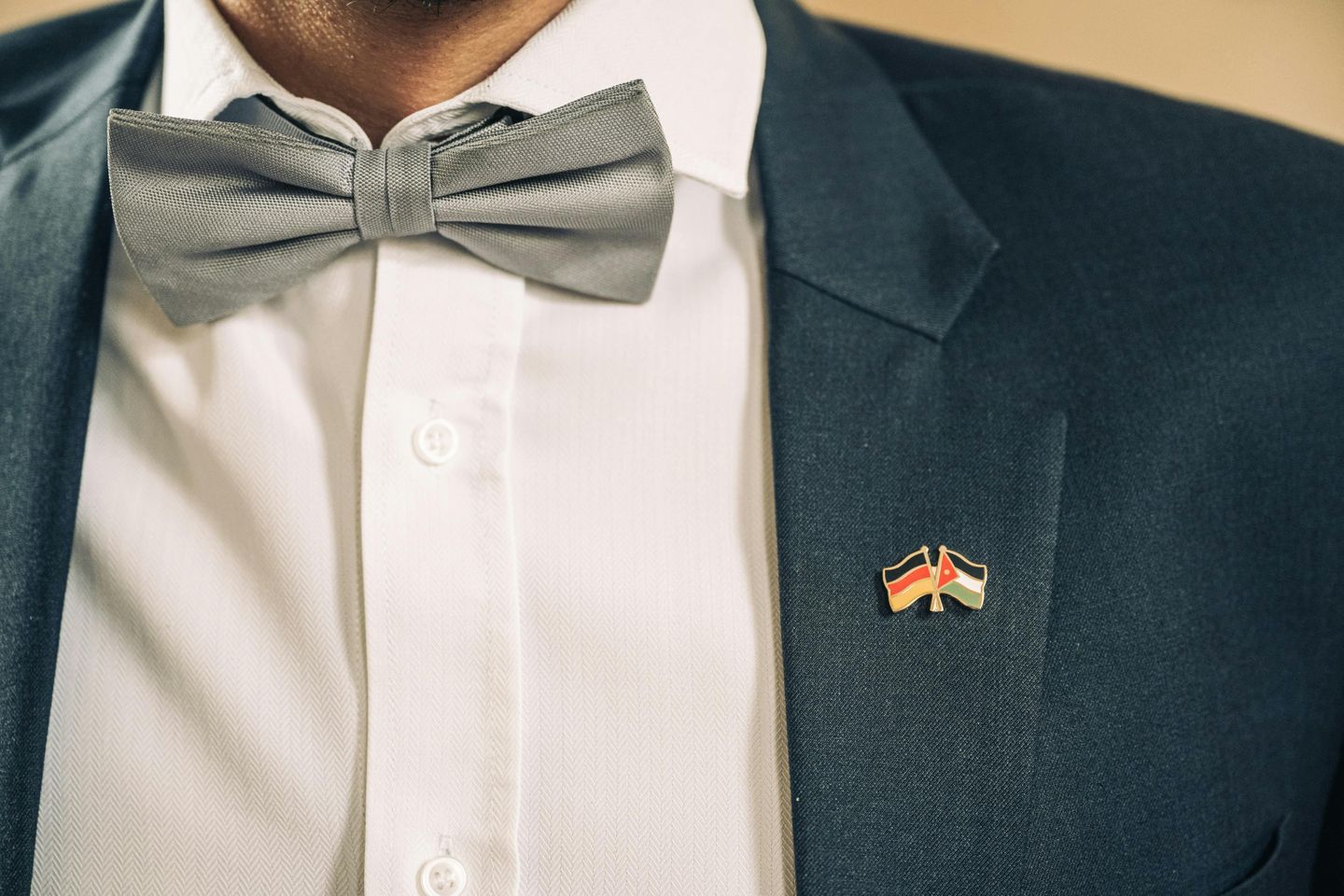All nouns in German have a grammatical gender: masculine, feminine, or neuter. This doesn’t work quite like “he,” “she,” and “it” in English though! While most nouns for male people and animals are masculine and most female people and animals are feminine, it’s not universal.
Often nouns for objects will be masculine or feminine, rather than neuter, as in der Stuhl(the chair) or die Flasche(the bottle). Similarly, nouns for some humans might be neuter, as in das Kind(the child).
Check out our post to learn more about identifying the grammatical gender of German nouns.
Luckily, all plural nouns in German take the same definite article, , so that makes things easier!

